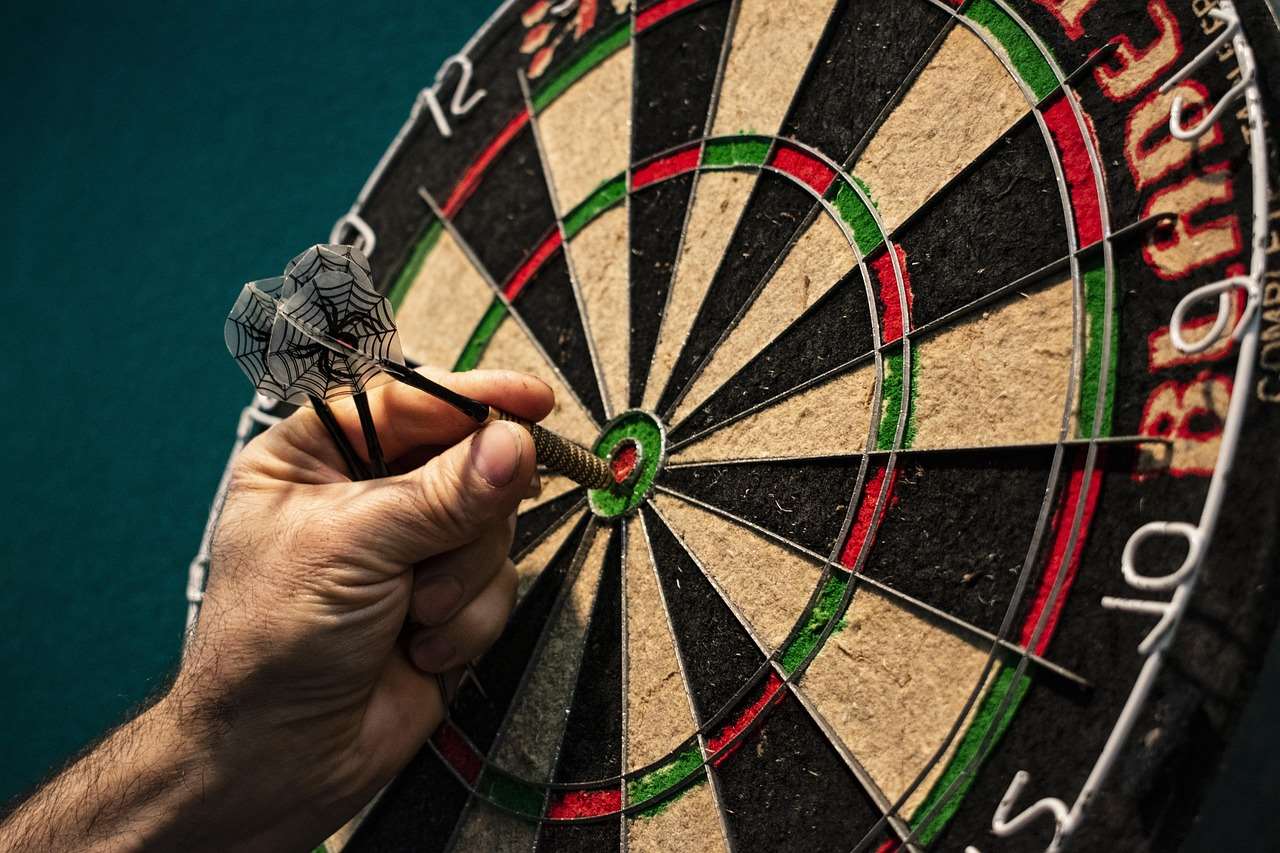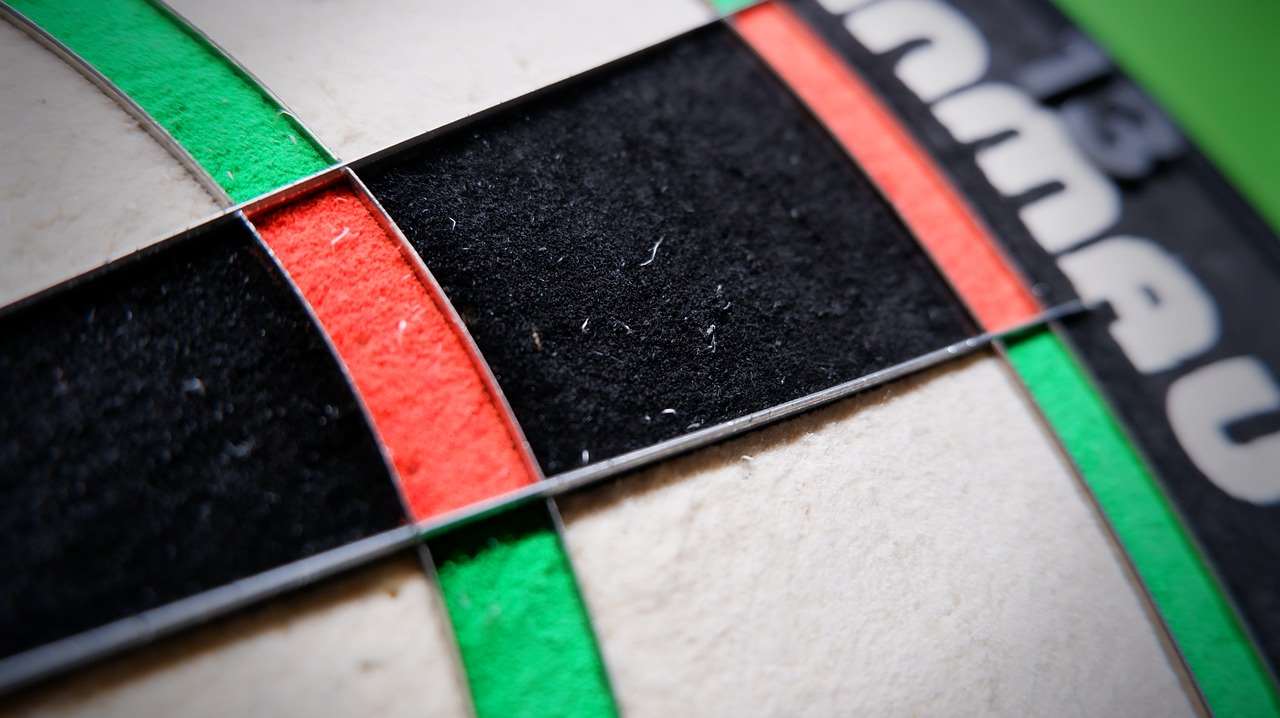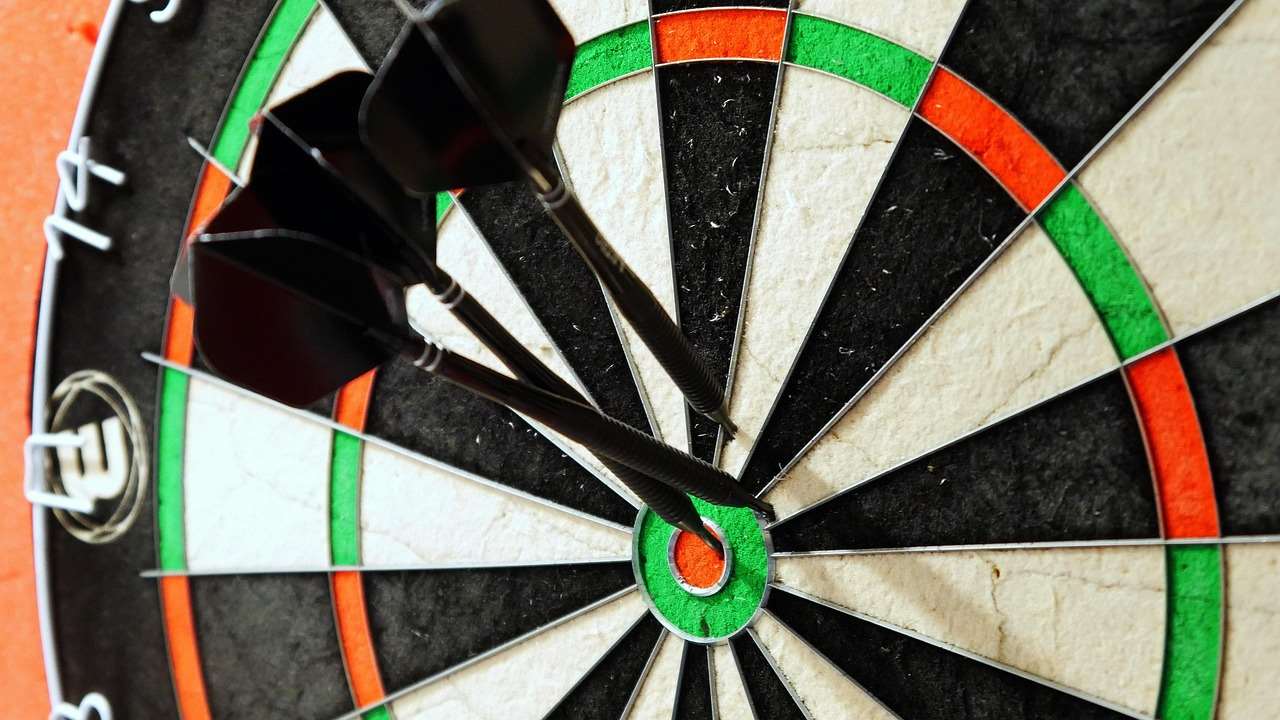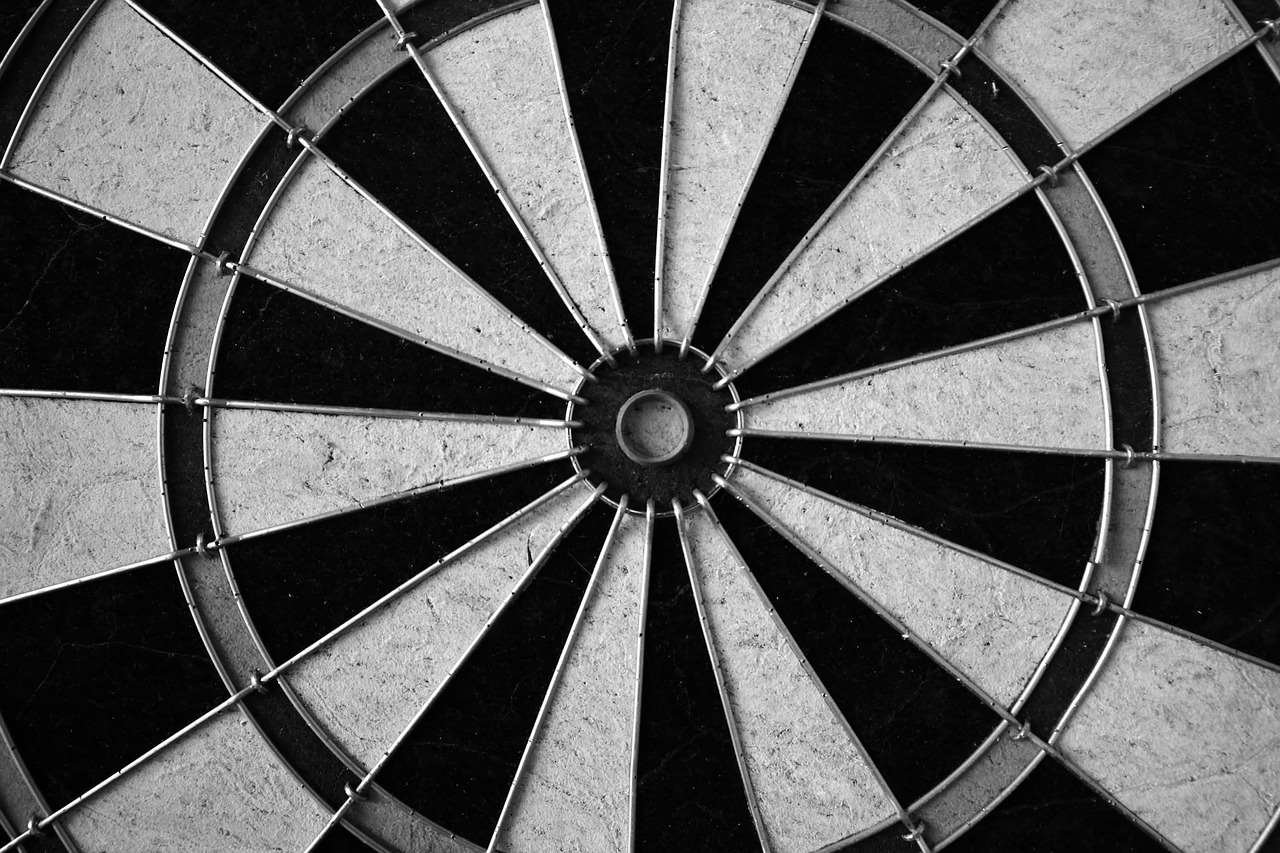While a dedicated “Cricket Darts World Championship” in the same vein as the PDC World Darts Championship doesn’t exist with universally standardized rules, understanding the nuances of the Cricket darts game itself is crucial for competitive play. This article will explore the rules of Cricket darts, discussing variations and common practices relevant to tournament play, and even touch upon how tournaments *might* adapt those rules (if applicable) to create a more structured championship environment. We will also cover strategy, scoring, and tips for improving your game, giving you a comprehensive guide to the world of Cricket darts.
⚠️ Still Using Pen & Paper (or a Chalkboard)?! ⚠️
Step into the future! The Dart Counter App handles all the scoring, suggests checkouts, and tracks your stats automatically. It's easier than you think!
Try the Smart Dart Counter App FREE!Ready for an upgrade? Click above!
Understanding Cricket Darts World Championship Rules (If Applicable)
The first step in understanding the possibility of Cricket darts world championship rules (if applicable) is to understand the rules of the game of Cricket itself. Cricket darts is a strategic game that involves “closing” numbers and “owning” them by scoring points. Unlike games like 501, the goal isn’t to reduce a score to zero, but to be the first player to close all required numbers and have a higher score than your opponent.
While there isn’t an officially sanctioned and unified world championship body dictating Cricket darts rules, competitive play still thrives. Many regional tournaments and leagues exist that use slightly modified or adapted rulesets. The core mechanics remain consistent, but nuances can exist regarding how ties are broken, how scoring is managed, and the numbers that are “in play”. These variations are important to understand if you are interested in competitive Cricket play.

The Core Rules of Cricket Darts
Regardless of tournament variations, the fundamental rules of Cricket darts remain the same. Let’s break down the core components:
- Target Numbers: Typically, the numbers 15 through 20, plus the bullseye, are used. These are the numbers that players must close.
- Closing a Number: To close a number, a player must hit it three times. These can be three singles, a single and a double, a single and a bullseye(if number being closed is the bullseye), or a triple, any other combination of hits adding up to three “marks”.
- Owning a Number: Once a player has closed a number, and the opponent has not, the player “owns” that number. This means they can score points by hitting it.
- Scoring: When a player owns a number, they score points equal to the value of the number for each dart that hits it. For example, if a player owns the 20 and hits it twice, they score 40 points.
- Winning the Game: The first player to close all the target numbers and have a higher score than their opponent wins. If a player closes all the numbers first but has a lower score, they must continue playing until they have a higher score or their opponent closes all the numbers and surpasses their score.
- The Importance of Strategy: Cricket darts requires a combination of accuracy and strategic thinking. Players must decide when to focus on closing numbers, when to score points, and when to play defensively to prevent their opponent from scoring.
These basic rules of Cricket darts form the foundation for any variation, including those potentially used in hypothetical championship settings. Understanding these rules is paramount to developing a winning strategy.
Variations and Rule Adaptations in Cricket Darts Tournaments
While the core remains consistent, tournaments often introduce variations to enhance competitiveness or address specific logistical concerns. These adaptations might be considered when establishing Cricket darts world championship rules (if applicable).
- Number Selection: Some tournaments might use a different set of target numbers. While 15-20 and the bullseye are standard, variations could include using 14-19 and the bullseye, or even allowing players to choose their own numbers at the beginning of the match.
- Tie-Breaking Procedures: Ties can occur if both players close all numbers and have the same score. Common tie-breaking methods include a sudden-death bullseye shootout, or a predetermined set of numbers that are re-opened for scoring.
- Handicap Systems: To level the playing field, some tournaments implement handicap systems, especially in amateur leagues. This can involve giving weaker players a head start by pre-closing certain numbers for them, or adjusting their score. Consider how to make darts fairer with handicap rules in a tournament setting.
- “Cut-Throat” Cricket: A popular variation where, if you own a number, instead of adding points to your score, you add them to your opponent’s score, making it harder for them to win.

Considering these variations is vital when envisioning how Cricket darts world championship rules could be standardized. A governing body would need to decide which variations to allow, which to prohibit, and how to handle situations not covered by the base rules.
Specific Rule Examples in Tournament Play
Let’s look at some specific examples of how these rules might be applied in a hypothetical championship.
- Tournament Format: A world championship would likely involve a multi-stage format, with qualifying rounds, group stages, and knockout rounds. This is similar to other darts championships.
- Match Length: Matches could be best-of-three legs, best-of-five legs, or even longer formats depending on the stage of the tournament.
- Dress Code: A professional dress code would likely be enforced, similar to other professional darts tournaments.
- Conduct Rules: Strict rules regarding player conduct and sportsmanship would be essential.
- Equipment Regulations: Regulations concerning dart weight, length, and material could be implemented to ensure fair play. You can research online to ensure your equipment is in the parameters of those regulations.
Strategies for Success in Cricket Darts
Beyond knowing the rules, successful Cricket darts play requires a well-developed strategy. Here are some key strategic considerations:
- Prioritizing Closing Numbers: Initially, focus on closing numbers as quickly as possible. This prevents your opponent from scoring and puts you in a position to take control of the game.
- Offensive vs. Defensive Play: Balance offensive and defensive play. If your opponent is close to closing a number, prioritize closing it yourself to prevent them from scoring. If you own several numbers, focus on scoring points to build a lead.
- Targeting Weaknesses: Identify your opponent’s weaker numbers and target them. This can force them to play defensively and disrupt their rhythm.
- Managing Your Score: Keep a close eye on your score and your opponent’s score. Adjust your strategy based on the score differential.
- The Mental Game: Cricket darts is a mental game as much as a physical one. Stay focused, maintain composure, and avoid letting mistakes affect your play.
These strategies are applicable regardless of specific Cricket darts rules or variations.
Tips for Improving Your Cricket Darts Game
Improving your Cricket darts game requires consistent practice and a focus on key skills. Here are some tips to help you elevate your performance:
- Accuracy Training: Dedicate time to accuracy training. Focus on hitting specific targets consistently, particularly the 15-20 and the bullseye.
- Strategic Practice: Practice different scenarios that arise during a game, such as closing numbers under pressure, scoring points with owned numbers, and playing defensively.
- Analyze Your Performance: Track your performance in practice and games. Identify your strengths and weaknesses and focus on improving areas where you struggle. You can also find videos or guides online that help analyse your throw and technique.
- Learn from Others: Watch professional darts players and study their techniques and strategies. Analyze their decision-making in different situations.
- Use Basic Darts Fundamentals for Beginners: Ensure that your technique is fundamentally sound. Small improvements to your grip, stance, or throw can have a significant impact on your accuracy.
- Experiment with Different Setups: Experiment with different dart weights, shaft lengths, and flight shapes to find the setup that works best for you. A good setup can improve your consistency and accuracy.

The Future of Cricket Darts and Potential Championships
While a formally recognized Cricket darts world championship doesn’t exist *yet*, the game’s popularity is growing. With increasing participation in local and regional tournaments, the demand for a more structured and organized championship could arise. Here are some factors that could influence the future:
- Standardization of Rules: A key step towards a world championship would be the standardization of rules. A governing body would need to establish a definitive set of rules that are widely accepted and followed.
- Increased Sponsorship: Attracting sponsorship would be crucial for funding a world championship and providing prize money for players.
- Media Coverage: Increased media coverage would help to raise the profile of Cricket darts and attract a wider audience.
- Online Platforms: Online darts platforms and communities can play a significant role in promoting the game and facilitating tournaments.
The potential for a Cricket darts world championship is certainly there, and the future looks promising for the game.
Cricket Darts vs. Other Darts Games
Cricket Darts differs significantly from other popular darts games like 501 and Around the World. Understanding these differences highlights Cricket’s unique strategic depth.
- Objective: In 501, the goal is to reduce your score to zero. In Cricket, the objective is to close numbers and have a higher score than your opponent.
- Scoring: 501 involves subtracting scores, while Cricket involves accumulating points on owned numbers.
- Strategy: 501 is primarily a game of accuracy and calculation. Cricket requires more strategic decision-making, balancing offense and defense.
- Complexity: Cricket is often considered more complex than 501 due to the multiple factors that players must consider.
The strategic depth of Cricket makes it a compelling game for both casual and competitive players.

Adapting Rules for Different Skill Levels
Cricket darts can be adapted for different skill levels to make it more enjoyable and accessible. Consider adapting darts rules for beginners in friendly games. Here are some examples:
- Beginners: Use fewer numbers, such as 18-20 and the bullseye. This simplifies the game and makes it easier to learn.
- Intermediate Players: Use the standard 15-20 and the bullseye, but allow players to close numbers with fewer hits (e.g., two hits instead of three).
- Advanced Players: Use the standard rules and consider adding variations, such as “cut-throat” Cricket, to increase the challenge.
Cricket Darts Equipment: What You Need to Play
To play Cricket darts, you’ll need the same basic equipment as other darts games: a dartboard, darts, and a scoreboard. However, here are some specific considerations for Cricket:
- Dartboard: A standard bristle dartboard is suitable for Cricket. Make sure the dartboard is properly mounted at the correct height.
- Darts: Choose darts that feel comfortable and balanced in your hand. Experiment with different weights, shaft lengths, and flight shapes to find what works best for you.
- Scoreboard: A scoreboard is essential for tracking scores and closed numbers. You can use a traditional chalkboard or whiteboard, or a digital scoreboard.
- Oche (Throw Line): Ensure the oche is placed at the correct distance from the dartboard (7 feet 9.25 inches).

Conclusion: Mastering the Cricket Darts Landscape
While the dream of a formal Cricket darts world championship rules (if applicable) with codified regulations remains unrealized, the spirit of competition in Cricket darts is alive and well. Understanding the core rules, variations, and strategic nuances of the game is paramount for success. By honing your skills, refining your strategy, and adapting to different rule sets, you can excel in any Cricket darts environment. Whether you’re a casual player or an aspiring champion, the world of Cricket darts offers a unique and rewarding experience. So, pick up your darts, aim for the numbers, and start your journey to mastering this captivating game!
Ready to take your darts game to the next level? Check out our guide on Simplified 501 game rules for novice players to expand your darts repertoire!
Hi, I’m Dieter, and I created Dartcounter (Dartcounterapp.com). My motivation wasn’t being a darts expert – quite the opposite! When I first started playing, I loved the game but found keeping accurate scores and tracking stats difficult and distracting.
I figured I couldn’t be the only one struggling with this. So, I decided to build a solution: an easy-to-use application that everyone, no matter their experience level, could use to manage scoring effortlessly.
My goal for Dartcounter was simple: let the app handle the numbers – the scoring, the averages, the stats, even checkout suggestions – so players could focus purely on their throw and enjoying the game. It began as a way to solve my own beginner’s problem, and I’m thrilled it has grown into a helpful tool for the wider darts community.